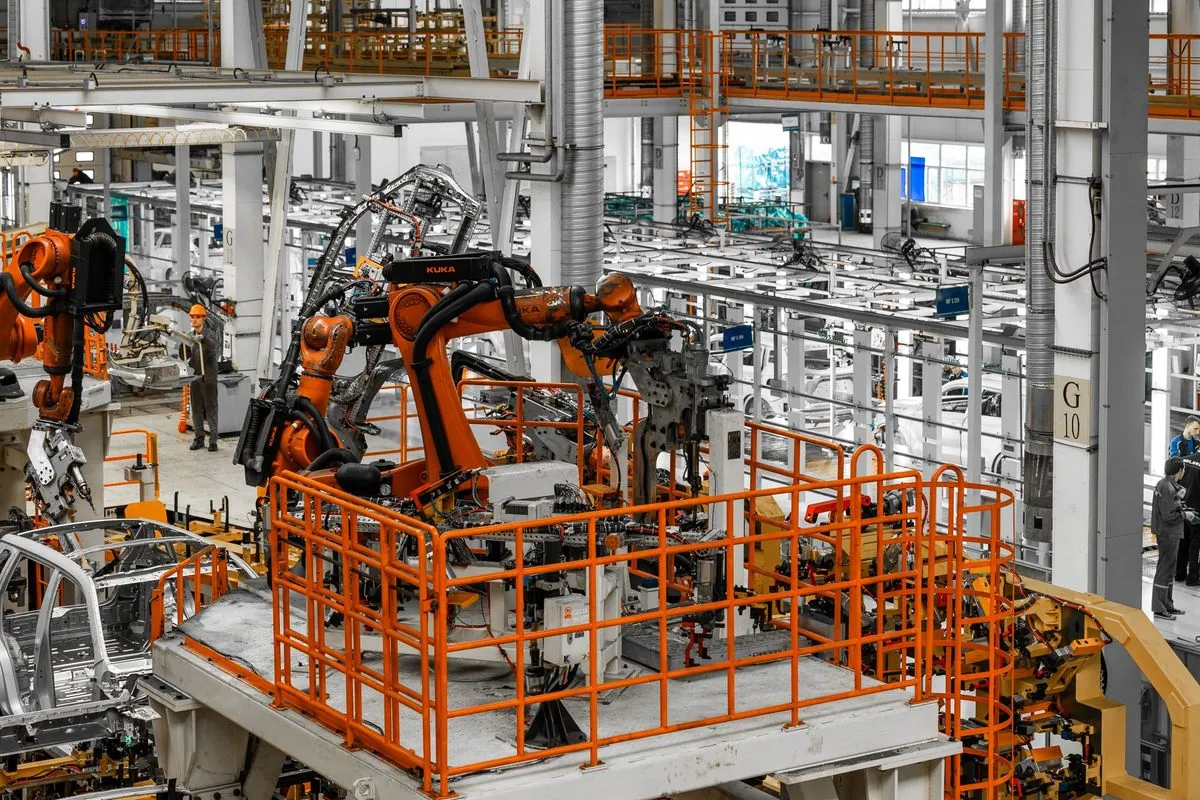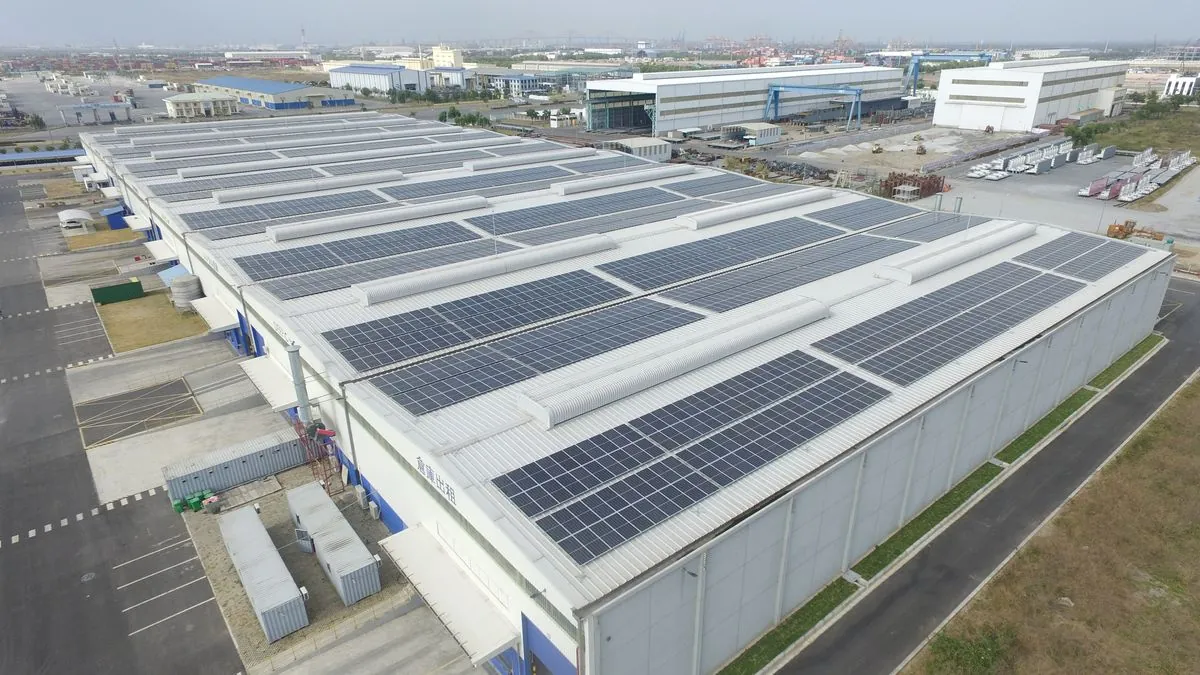Green Product Demand Slump Stalls $700B Low-Carbon Industrial Investment
Weak market for eco-friendly products hinders $700 billion investment in low-carbon industrial projects. ITA reports 450 global initiatives seeking funding to reduce emissions in heavy industries.

The Industrial Transition Accelerator (ITA), an initiative launched at the COP28 summit in Dubai approximately 10 months ago, has reported a significant obstacle in the path towards industrial decarbonization. According to their recent statement, a lack of robust demand for environmentally friendly products is impeding crucial investments of up to $700 billion in low-carbon projects across heavy-emitting industries.
The ITA's findings reveal that over 450 large-scale industrial projects worldwide are currently seeking substantial funding to reduce their carbon footprint. These projects span six key sectors - aluminium, steel, cement, chemicals, aviation, and shipping - which collectively contribute to about 30% of global CO2 emissions.

The urgency of the situation is underscored by the Paris Agreement's goals, adopted in 2015, which aim to limit global warming to well below 2°C above pre-industrial levels. To align with these targets, the ITA emphasizes that a critical mass of these large-scale projects must reach their final investment decision within the next 2-3 years.
However, the primary hurdle identified by the ITA is the absence of firm commitments from buyers for low-carbon products. Faustine Delasalle, executive director of the ITA Secretariat, stated:
"The lack of clear, sustained demand for low-carbon products is the single biggest barrier to investment. Businesses and financiers cannot commit to these projects without market certainty."
This challenge is particularly evident in industries like steel production, which accounts for about 8% of global CO2 emissions. Green steel production, often involving hydrogen instead of coal, faces difficulties in securing market demand despite its potential to significantly reduce emissions.
Similarly, the aviation sector struggles with the adoption of Sustainable Aviation Fuel (SAF), which can cut carbon emissions by up to 80% compared to conventional jet fuel. The cement industry, responsible for another 8% of global CO2 emissions, also faces hurdles in implementing low-carbon alternatives.
The ITA's report highlights the interconnected nature of the climate challenge. While the International Energy Agency (IEA) estimates that $4 trillion per year in clean energy investments is needed by 2030 to reach net-zero emissions by 2050, the current investment gap in heavy industries alone is substantial.
Efforts to address this issue are ongoing. The ITA is actively providing targeted support to project developers in Brazil and the United Arab Emirates. These countries have set ambitious targets, with Brazil aiming for carbon neutrality by 2050 and the UAE being the first Gulf country to announce a net-zero emissions target by 2050.
The implementation of policies like the EU's Carbon Border Adjustment Mechanism (CBAM) aims to prevent "carbon leakage" and could potentially stimulate demand for low-carbon products. Additionally, the adoption of circular economy principles and the exploration of Carbon Capture and Storage (CCS) technology in various heavy industries offer pathways to emission reduction.
As the world grapples with the urgent need for industrial decarbonization, the ITA's report serves as a crucial reminder of the challenges ahead. Bridging the gap between green technology development and market demand remains a critical task in the global effort to combat climate change.


































